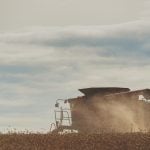
Tag Archives calving

Winter shelters have saved calves
Having protection from wet and wind made a difference, even under extreme weather and low temperatures
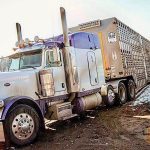
What makes the difference during calf transportation?
Is it the trucking itself, or are there other factors that affect the health and well-being of calves?

Calving season begins
Eppich News: A new (to us) bale processor repaired and put to good use
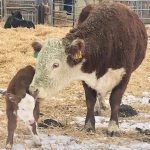
Grafting a calf made for a happy pair
It wasn't the usual orphan calf scenario, but the cow and calf finally bonded
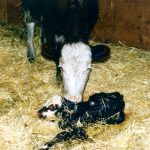
A great video that shows calving techniques
Animal Health: It helps to correct a malpresentation when you know what it looks like

Getting ready for calving season
Eppich News: Milking two cows leads to a wide range of homemade dairy products
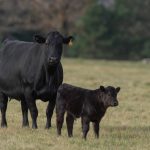
Tightening the calving season
How to increase profitability through calving distribution

More than one way to get replacement cows
The general rule of an annual 10 per cent turnover in the cow herd may be an underestimate

First-calf heifers need to be prepared for rebreeding
They need to calve in good condition and then be kept in good condition as they also continue to grow and nurse a calf
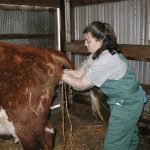
Tips on when and how to check a cow when calving
It’s a combination of art and science to know when to assist in a birth without being too forceful

